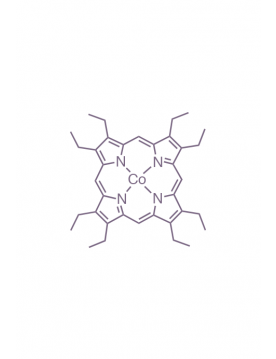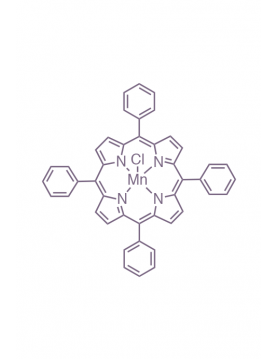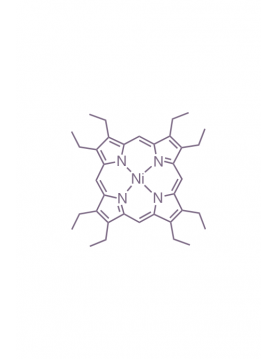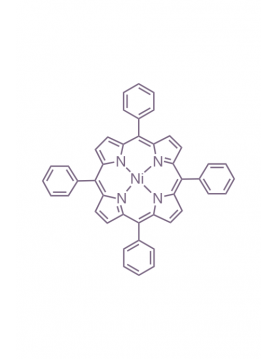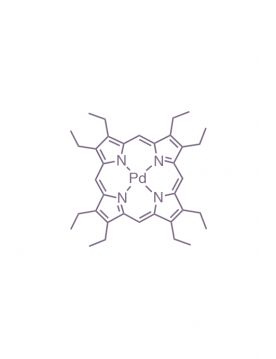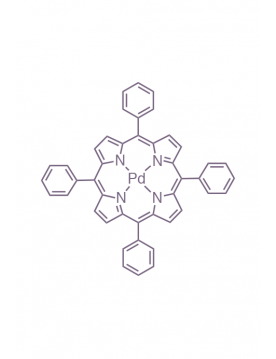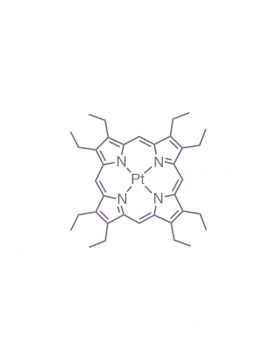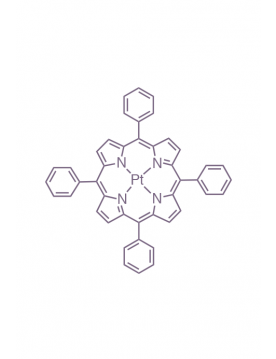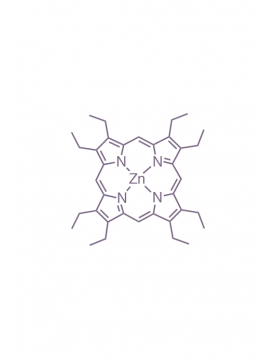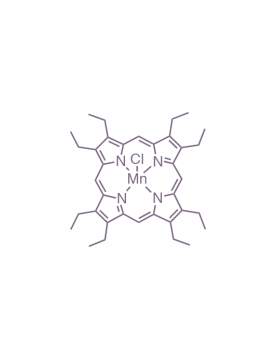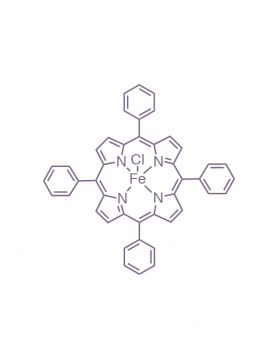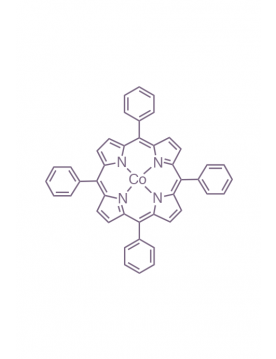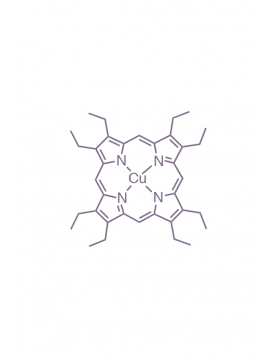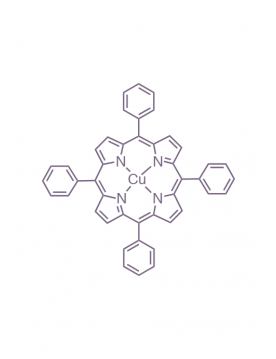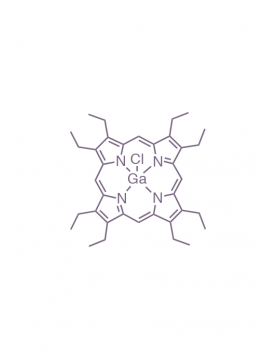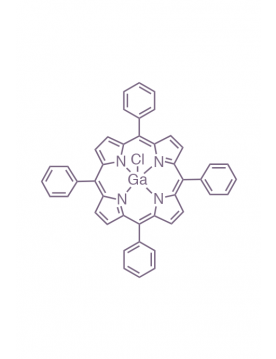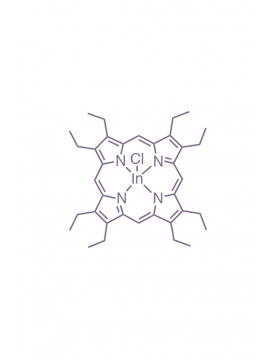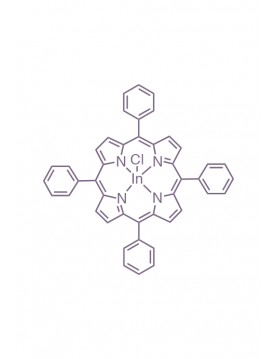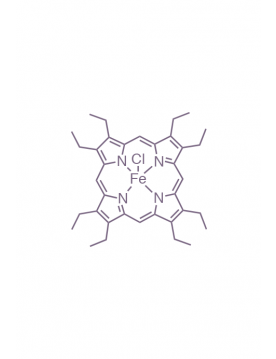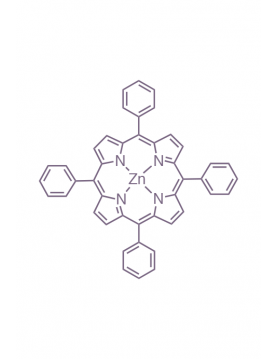Metalloporphyrins
-
Catalog No. 056CAS : 17632-19-8Molecular Formula : C36H44CoN4
-
Catalog No. 048CAS : 32195-55-4Molecular Formula : C44H28ClMnN4
-
Catalog No. 055CAS : 24803-99-4Molecular Formula : C36H44N4Ni
-
Catalog No. 045CAS : 14172-92-0Molecular Formula : C44H28N4Ni
-
Catalog No. 059CAS : 24804-00-0Molecular Formula : C36H44N4Pd
-
Catalog No. 049CAS : 14187-13-4Molecular Formula : C44H28N4Pd
-
Catalog No. 060CAS : 31248-39-2Molecular Formula : C36H44N4Pt
-
Catalog No. 050CAS : 14187-14-5Molecular Formula : C44H28N4Pt
-
Catalog No. 053CAS : 17632-18-7Molecular Formula : C36H44N4Zn
-
Catalog No. 058CAS : 28265-17-0Molecular Formula : C36H44ClMnN4
-
Catalog No. 047CAS : 16456-81-8Molecular Formula : C44H28ClFeN4
-
Catalog No. 046CAS : 14172-90-8Molecular Formula : C44H28CoN4
-
Catalog No. 054CAS : 14409-63-3Molecular Formula : C36H44CuN4
-
Catalog No. 044CAS : 14172-91-9Molecular Formula : C44H28CuN4
-
Catalog No. 061CAS : 87607-70-3Molecular Formula : C36H44ClGaN4
-
Catalog No. 051CAS : 78833-52-0Molecular Formula : C44H28ClGaN4
-
Catalog No. 062CAS : 32125-07-8Molecular Formula : C36H44ClInN4
-
Catalog No. 052CAS : 63128-70-1Molecular Formula : C44H28ClInN4
-
Catalog No. 057CAS : 28755-93-3Molecular Formula : C36H44ClFeN4
-
Catalog No. 043CAS : 14074-80-7Molecular Formula : C44H28N4Zn
Metalloporphyrins
Metalloporphyrin: characteristics, applications and more
Metalloporphyrin is a fascinating organic compound belonging to the porphyrin family, renowned for its remarkable properties and versatile applications in various scientific and technological domains. Porphyrins, as cyclic organic compounds, play pivotal roles in numerous biochemical and chemical processes, with metalloporphyrins exhibiting unique characteristics that make them indispensable in a wide array of applications.
Structure and properties
At its core, metalloporphyrin shares the tetrapyrrolic structure common to all porphyrins, featuring nitrogen atoms arranged at the corners. However, what sets metalloporphyrin apart is its ability to coordinate transition metals at the center of this porphyrin structure, forming metalloporphyrin complexes. This coordination capability forms the basis for many of its applications.
This molecule exhibits a cylindrical symmetry, and its extended electron conjugation grants it extraordinary light-absorbing properties across a broad spectrum of wavelengths. This unique electronic structure also imparts metalloporphyrin with energy and charge transfer properties, rendering it particularly intriguing for applications in optics, electronics, and catalysis.
Applications
Metalloporphyrins have found their way into an array of scientific and technological realms, each benefiting from their distinctive properties and versatility.
- Photodynamic Therapy (PDT)
One notable application of metalloporphyrins is in photodynamic therapy (PDT), a medical approach that harnesses light to selectively eradicate cancer cells. As potent photosensitizers, metalloporphyrins can be activated by an appropriate light source, thereby generating reactive oxygen species capable of targeting and destroying cancerous cells.
- Photovoltaics and optoelectronics
The exceptional light-absorption properties of metalloporphyrins have spurred their use in organic photovoltaic devices. These compounds serve as photosensitive materials in solar cells, efficiently converting light into electricity. Moreover, their efficient charge transfer capabilities make them integral components in organic light-emitting diodes (OLEDs) and various other optoelectronic devices, powering advancements in energy-efficient technology.
- Catalysis
Metalloporphyrins possess transition metals coordinated at the center of their porphyrin structure. This enables them to catalyze various chemical reactions such as oxidation, reduction, and conversion of organic compounds. Their ability to promote these chemical reactions makes them valuable tools in synthetic chemistry.
- Scientific research
Metalloporphyrins serve as invaluable materials for different fields such as chemistry, physics, and biology. Researchers use it as a model to explore spectroscopic properties, reaction mechanisms, and molecular interactions. Due to its selective light absorption and energy transfer capabilities, metalloporphyrins are also used as fluorescent probe for cellular imaging and biomolecule detection.
Purchasing Metalloporphyrin
If you are considering purchasing metalloporphyrins, it is important to turn to specialized chemical suppliers. High-quality chemicals should be purchased from reputable suppliers to ensure their purity and compliance with safety standards.


